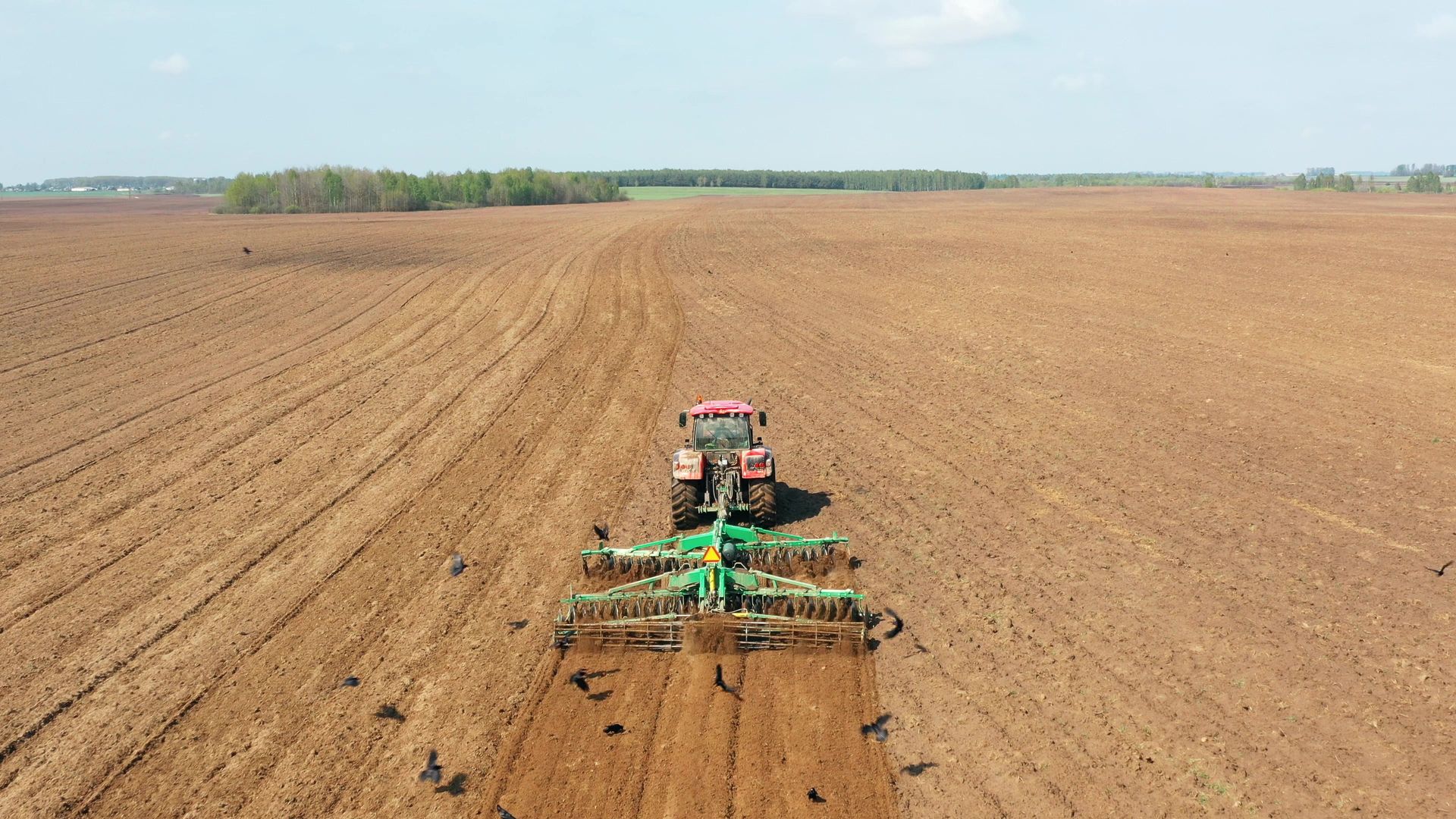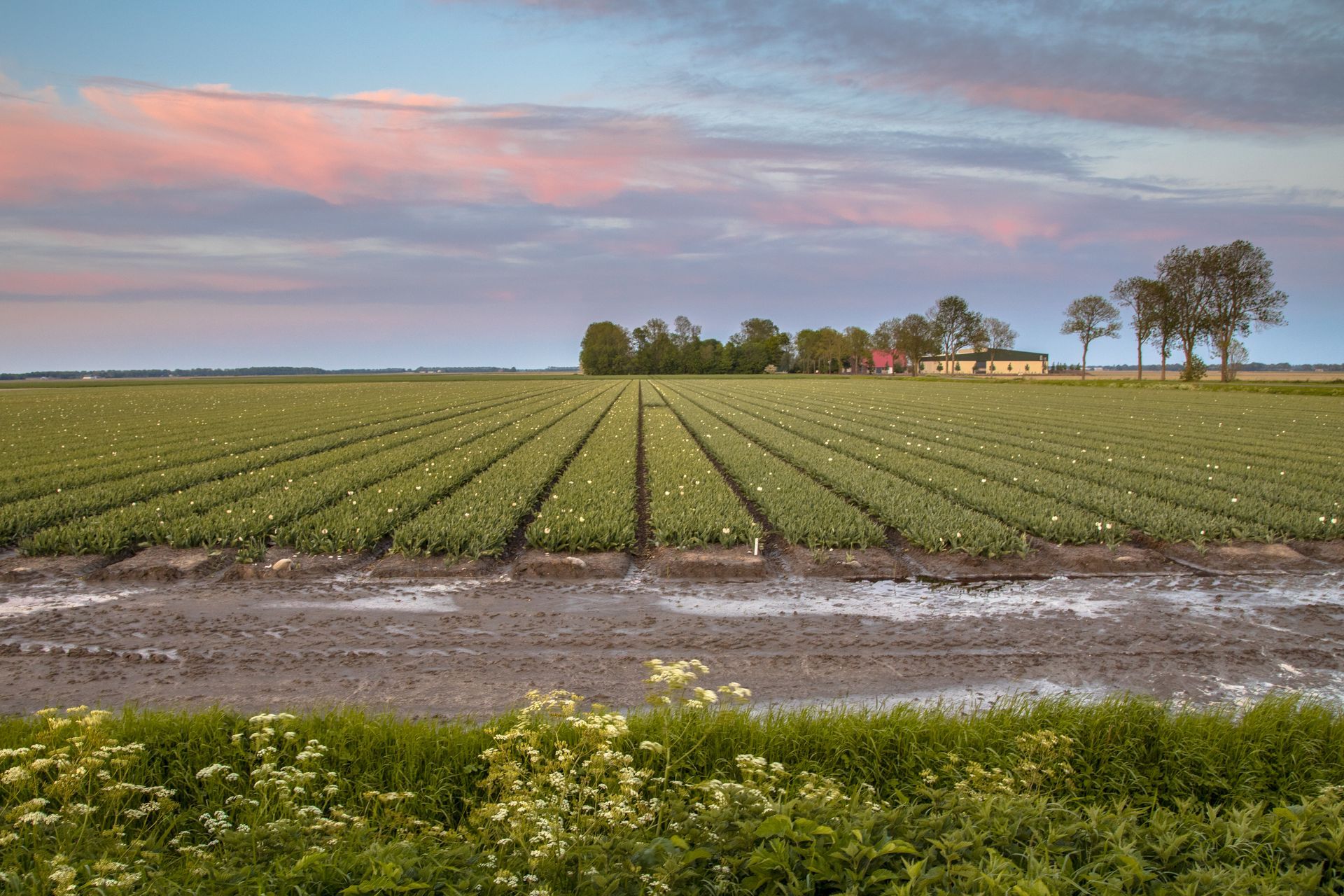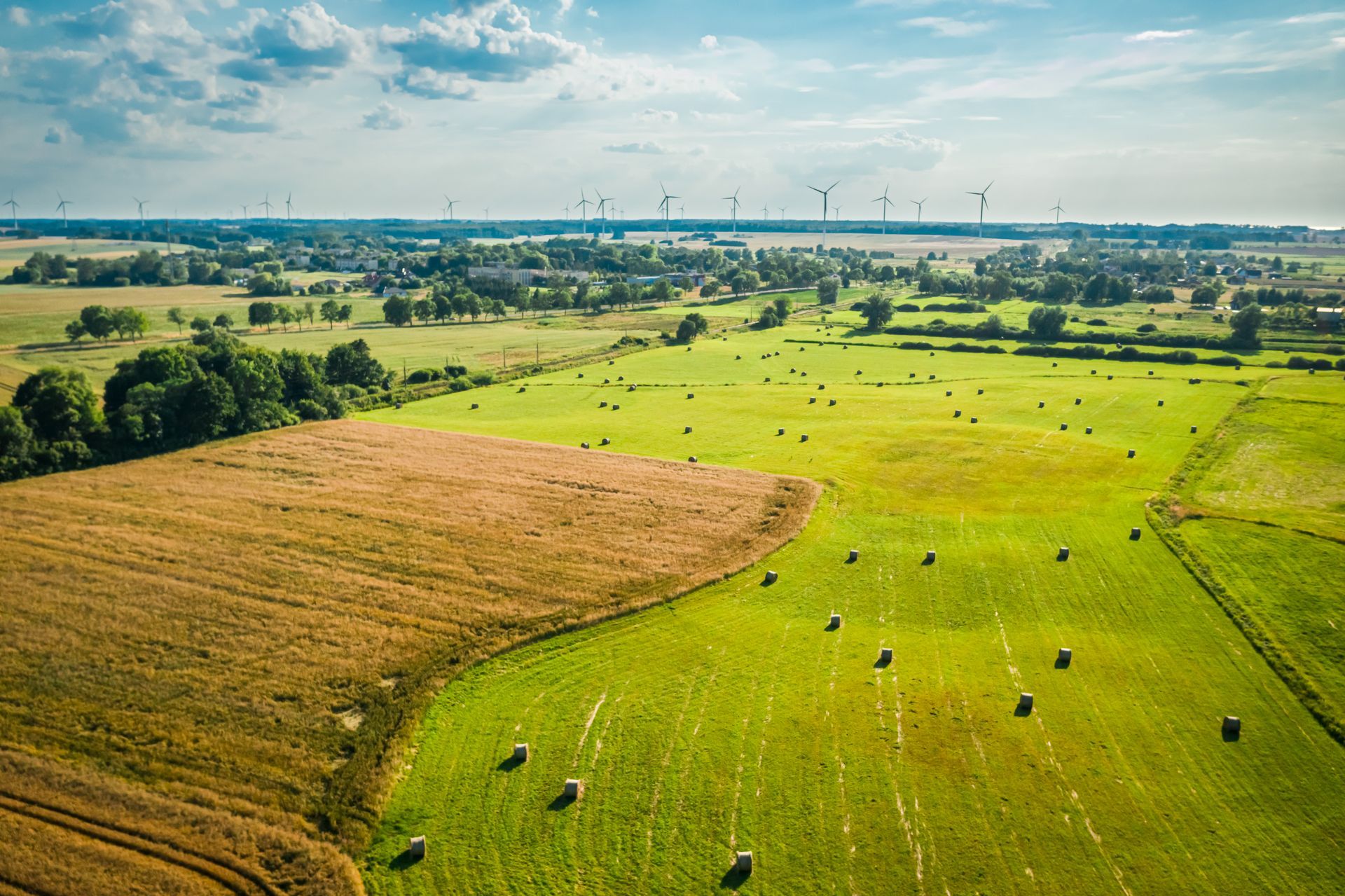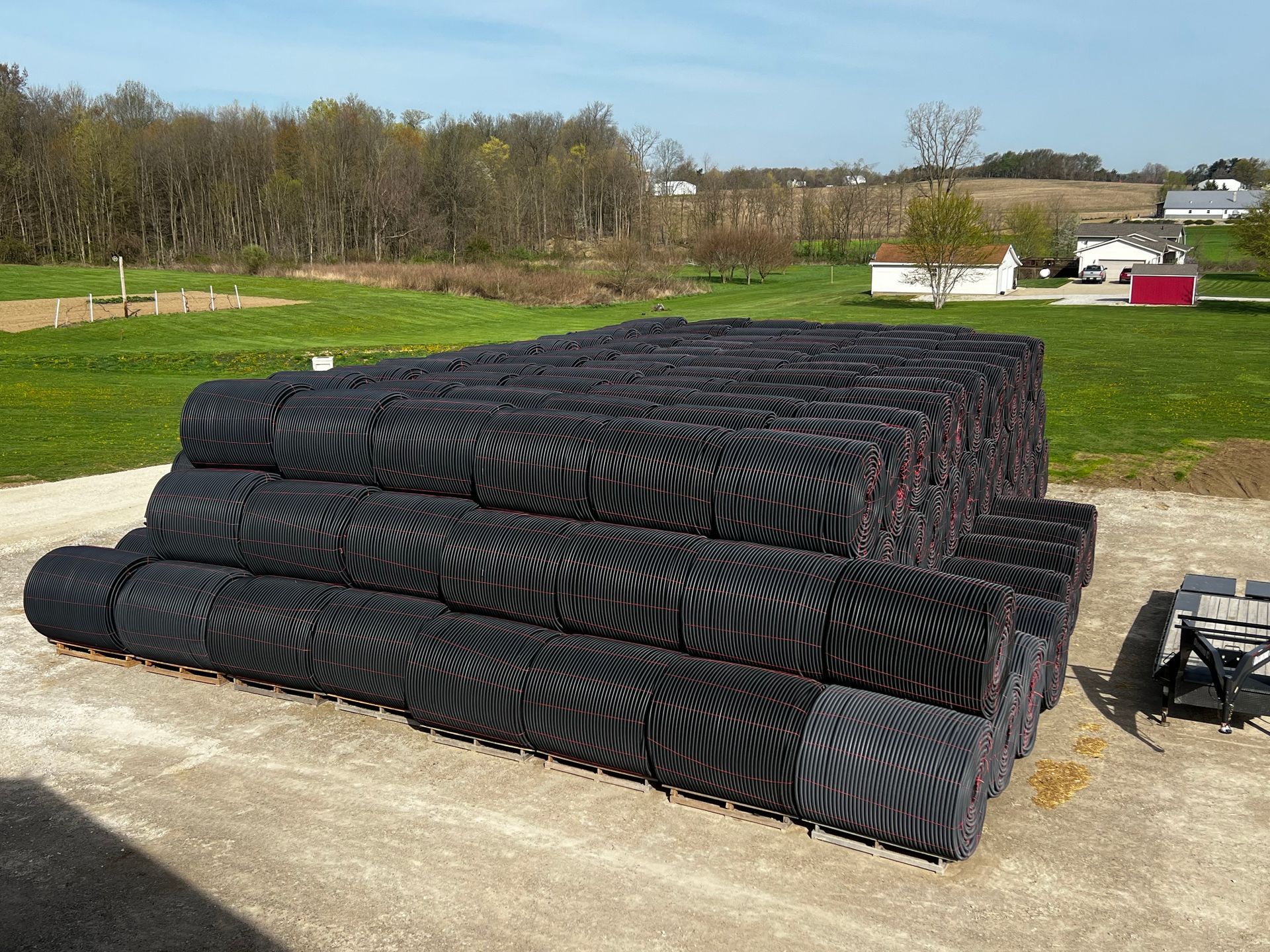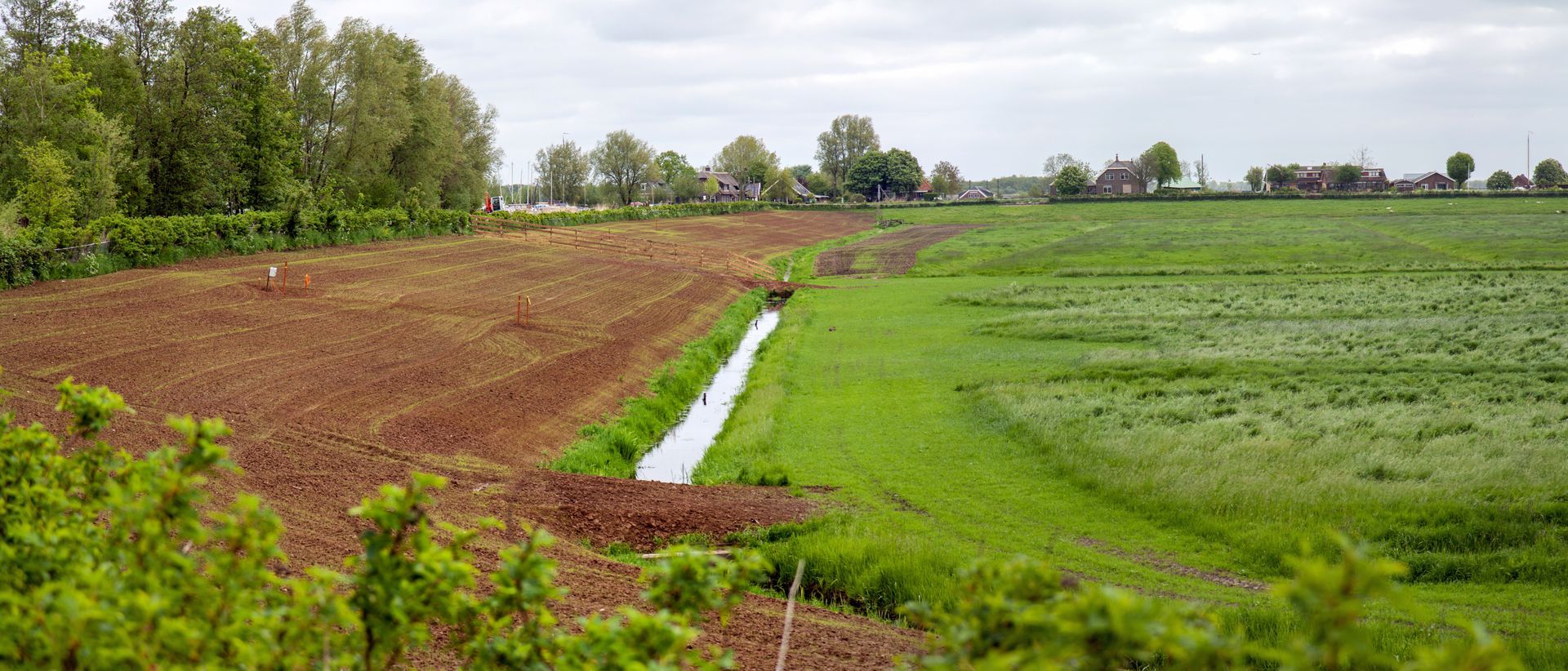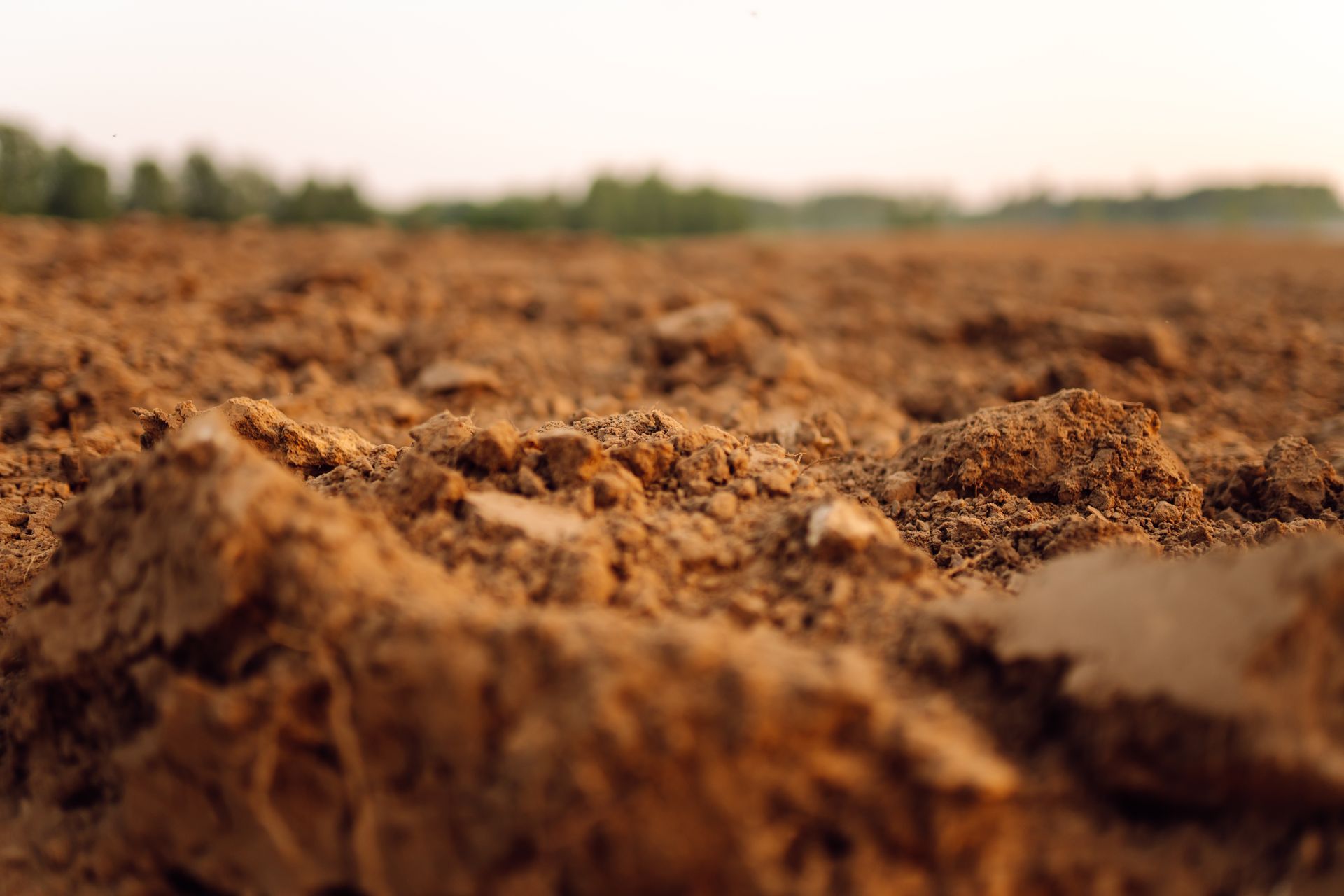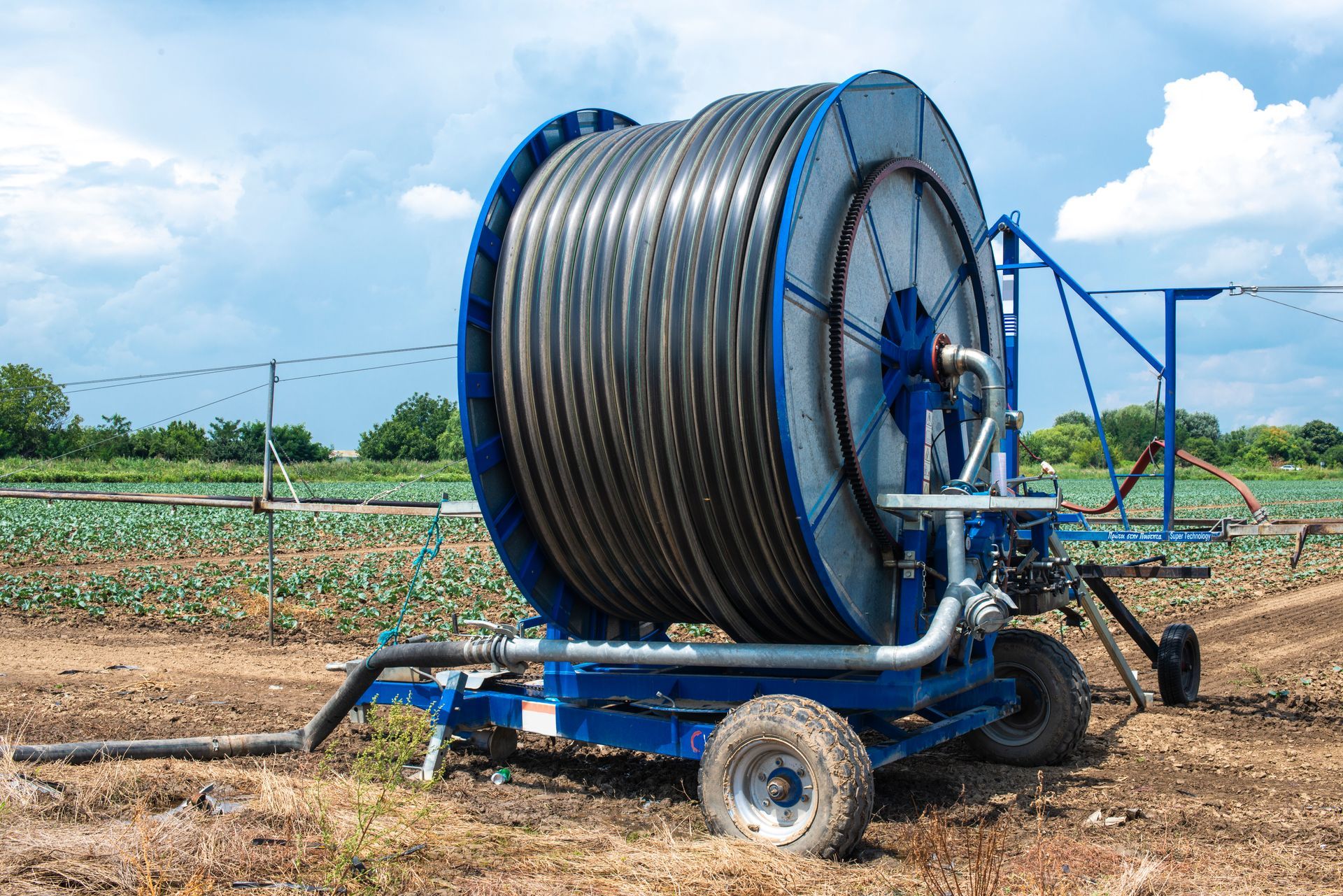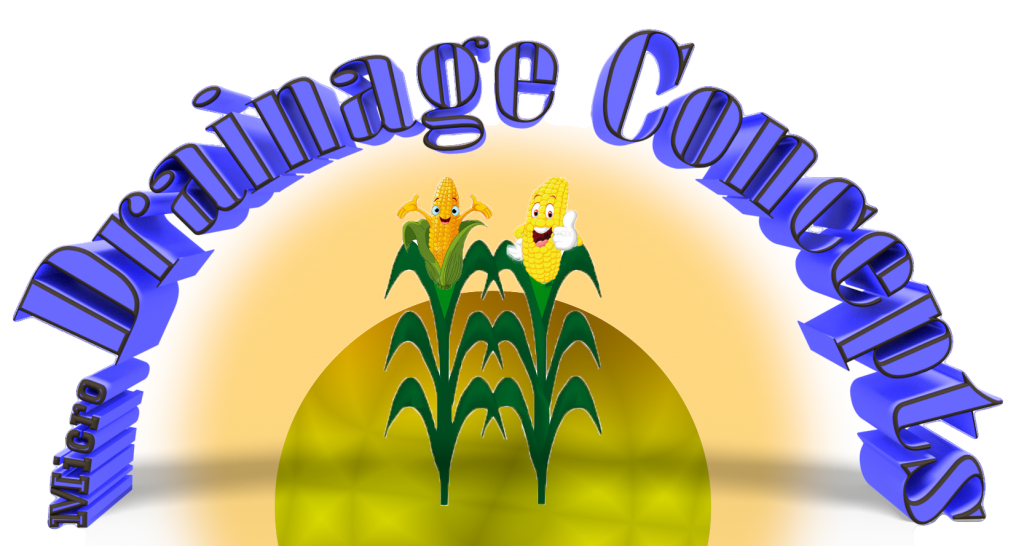
Will using the Micro Drainage System save me money? We believe it will not only save you money, but make you money! If it were not the case, we would not be in business! We are here to provide you with the most economical route in No Till or Strip Till Farming. We have seen for ourselves the advantages of using the Micro Drainage system. But don’t just take our word for it. Read this article from No-Till Farmer and consider what they have to say about it.
*“For every $1 spent on drainage technology, producers get $3 to $4 back in corn and soybean profits, according to long-term Ohio State University research.
Twenty-five years of field studies (from 1984 to 2009) at the Ohio Agricultural Research and Development Center (OARDC) Northwest Agricultural Research Station in Hoyvtille showed that subsurface drainage significantly improved corn and soybean yields on poorly drained soils. Add crop rotation and some sort of conservation-tillage practice and production just keeps getting better, researchers say.
“Overall, a farming system that includes subsurface drainage, crop rotation and no-till or another conservation-tillage system provides the best long-term economic and environmental benefits for the farmer,” says Randall Reeder, an Ohio State University Extension agricultural engineer.
Reeder says that the long-term research was designed to evaluate the effects of drainage, tillage systems and rotation on corn and soybean yields to provide a better understanding of how to increase yields while maintaining sound conservation practices.
The research was a randomized experiment with three replications. It was comprised of two drainage treatments — subsurface drainage and no subsurface drainage. Each plot was further divided into four crop rotation treatments: continuous corn, continuous soybeans and a corn/soybean rotation with each crop every year. The plots were further divided into a series of tillage treatments: plow, ridge-till, no-till, strip-till and deep tillage, or subsoiling.
Plowing was included throughout the 25-year study. Ridge-till was compared to plowing from 1984 until 1995. No-till was initiated in 1992. For the past 11 years, the tillage systems consisted of plow, no-till, subsoiling and strip-till (for corn after soybeans).
Researchers found that subsurface drainage offered higher yields for corn and soybeans. The average increase in corn yields ranged between 24% and 39% for different tillage systems. Soybean yield increases ranged between 12% and 45%.
“Drainage removes excess soil moisture in the spring, allowing earlier planting most years, which can lead to higher crop yields,” said Larry Brown, an Ohio State agricultural engineer. “Many growers see a lot of wet springs. It’s difficult planting in cold, wet, clay soils, which is why drainage pays.”
*This excerpt was taken from the Article “Proper Drainage Pays Off Three Fold” from the No-Till Farmer Publication.
Contact Us Today!
We would be happy to answer any questions you may have!
-
Address
8105 Malone Rd, Shiloh, OH 44878
-
Phone
(419) 908-5696
-
Email:
Sales@RichlandMicroDrainage.com
